The Panchayati Raj system in India is a cornerstone of rural governance, aimed at decentralizing power and promoting local self-government. This blog post delves into the historical evolution, structural framework, and future prospects of the Panchayati Raj system, emphasizing its critical role in India’s rural development.
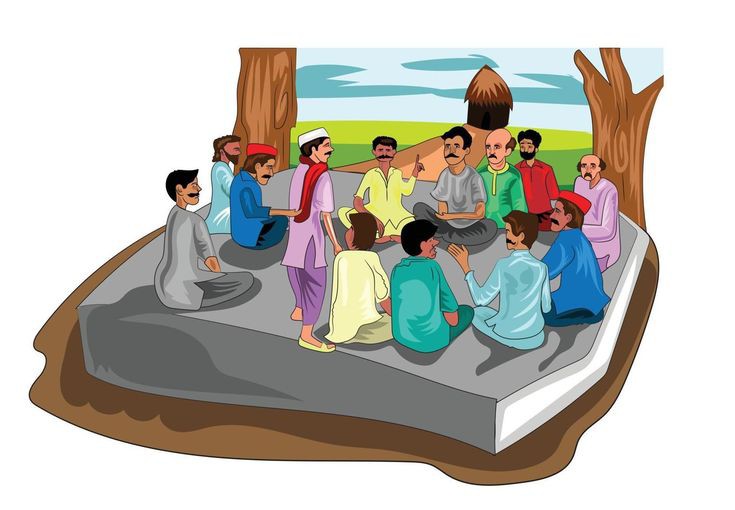
In This Post
ToggleHistorical Background
Ancient and Medieval Panchayats
The concept of Panchayats, village councils responsible for local administration and dispute resolution, has deep roots in India’s history. Ancient texts and inscriptions reveal that Panchayats were integral to village governance during the Vedic period. These councils functioned autonomously, handling local issues and maintaining social order. During the medieval period, Panchayats continued to play a crucial role, albeit under different names and structures, adapting to the changing political landscape.
British Period
The British colonial period brought significant changes to the Panchayati Raj system. Initially, the British administration undermined local governance structures, centralizing power. However, realizing the importance of local administration for effective governance, the British introduced reforms. The Ripon Resolution of 1882 marked a significant step, advocating local self-government. This laid the foundation for modern Panchayati Raj institutions, although their autonomy was limited.
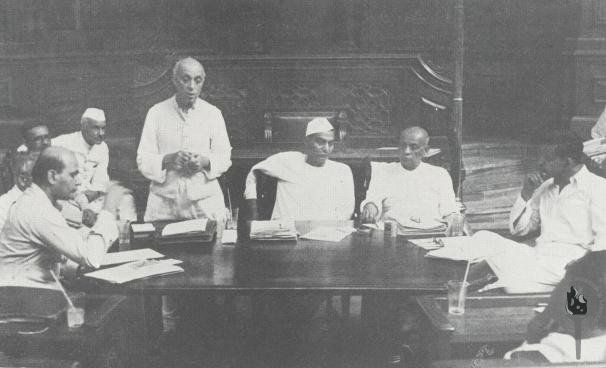
Evolution of Panchayati Raj Post-Independence
Constitutional Provisions
Post-independence, India recognized the importance of strengthening local governance. The Constitution of India provided for the establishment of Panchayats, but it was the 73rd Constitutional Amendment Act of 1992 that truly revolutionized the Panchayati Raj system. This amendment granted constitutional status to Panchayats, ensuring their establishment as elected bodies at the village, intermediate, and district levels. It aimed to decentralize power, enhance democratic participation, and promote socio-economic development.
Key Committees and Reports
Several committees and reports have shaped the Panchayati Raj system. The Balwant Rai Mehta Committee (1957) recommended the establishment of a three-tier Panchayati Raj structure, which was a significant shift towards decentralized governance. The Ashok Mehta Committee (1978) further emphasized the need for empowering Panchayats, advocating for the reduction of administrative control and enhancing financial autonomy. These recommendations influenced subsequent reforms and policies.
Structure of Panchayati Raj Institutions (PRIs)
Three-tier System
The Panchayati Raj system operates through a three-tier structure:
- Gram Panchayat: The primary unit at the village level, responsible for local administration and development activities.
- Panchayat Samiti: The intermediate tier, coordinating activities among multiple Gram Panchayats within a block.
- Zilla Parishad: The district-level body, overseeing the implementation of development programs and policies across the district.
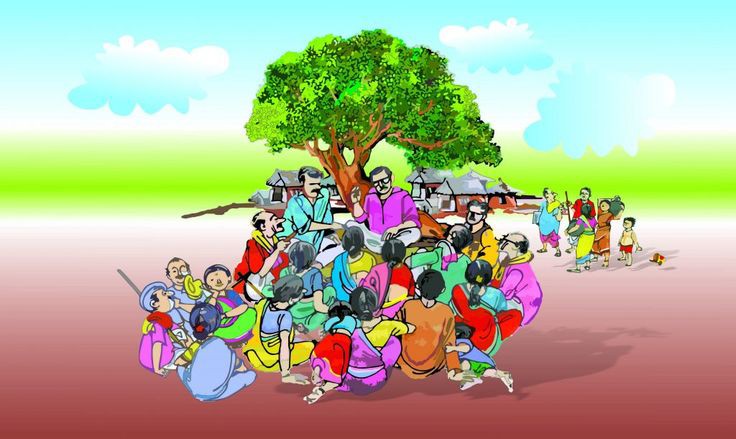
Functions and Responsibilities
Panchayati Raj Institutions have diverse functions, including administrative, developmental, and financial roles. They are responsible for implementing government schemes, maintaining public infrastructure, promoting education and healthcare, and ensuring social justice. Financially, they derive resources from central and state grants, local taxes, and revenue from public assets. Despite these responsibilities, PRIs often face challenges due to limited financial autonomy and bureaucratic interference.
Role of Panchayati Raj in Rural Development
Economic Development
The Panchayati Raj system plays a vital role in rural economic development. By decentralizing governance, it enables tailored solutions to local issues, fostering sustainable development. PRIs support agriculture, promote small-scale industries, and improve rural infrastructure, such as roads, water supply, and electricity. These efforts enhance economic opportunities and improve the quality of life in rural areas.
Social Development
Beyond economic development, Panchayati Raj institutions contribute significantly to social development. They implement programs focused on education, healthcare, and social welfare, addressing the needs of vulnerable populations. Initiatives like mid-day meals in schools, rural health missions, and women and child welfare schemes are examples of how PRIs promote social equity and improve living standards.
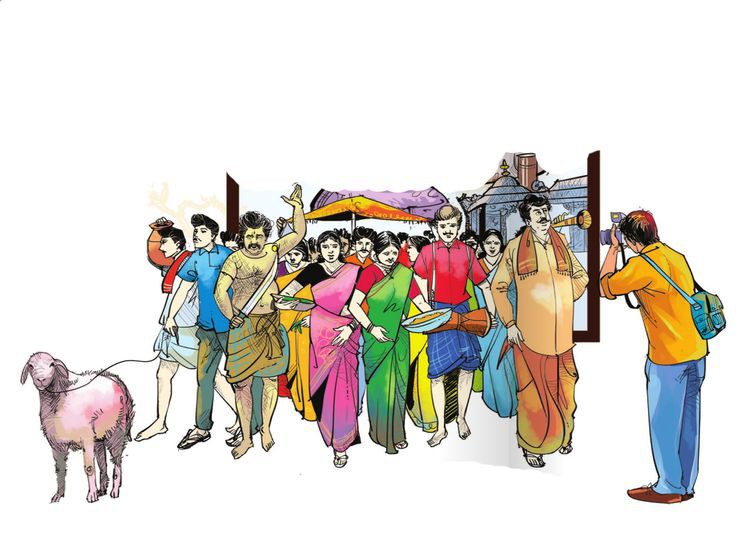
Democratic Decentralization
Empowerment of Local Communities
Democratic decentralization is a core principle of the Panchayati Raj system. By transferring power to elected representatives at the local level, it empowers communities to participate actively in governance. This participatory approach fosters accountability, transparency, and responsiveness, as decisions are made closer to the people they affect. Local residents can voice their concerns, influence policies, and hold representatives accountable, enhancing democratic governance.
Role of Women and Marginalized Communities
One of the notable features of the Panchayati Raj system is its focus on inclusive governance. The 73rd Amendment mandates the reservation of seats for women, Scheduled Castes, and Scheduled Tribes in PRIs. This has significantly increased the representation of marginalized groups, empowering them to influence local governance. Women leaders, in particular, have played a transformative role, advocating for social issues, gender equality, and community development.
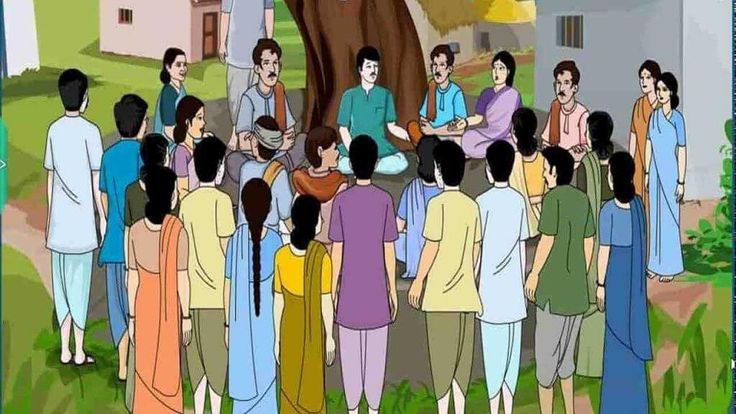
Challenges Facing Panchayati Raj
Administrative Challenges
Despite its successes, the Panchayati Raj system faces several administrative challenges. Bureaucratic interference often hampers the autonomy of PRIs, limiting their decision-making power. Additionally, many elected representatives lack the necessary training and capacity to manage complex administrative tasks effectively. Enhancing the capacity and skills of Panchayat members through training programs and technical support is crucial for addressing these challenges.
Financial Constraints
Financial constraints are a significant hurdle for PRIs. While the 73rd Amendment envisages financial autonomy, in practice, Panchayats often struggle with inadequate funds. They rely heavily on state and central grants, which can be inconsistent and insufficient. Strengthening local revenue generation through taxes and fees, coupled with timely and adequate fund transfers from higher levels of government, is essential for the financial sustainability of PRIs.
Political Interference
Political interference is another challenge that affects the functioning of PRIs. Local politics often influences the decision-making process, leading to favoritism, corruption, and misuse of power. This undermines the principles of democratic decentralization and hampers effective governance. Establishing robust mechanisms for transparency, accountability, and community oversight can help mitigate these issues and strengthen the integrity of PRIs.
Success Stories and Case Studies
Best Practices
Despite challenges, there are numerous success stories of effective Panchayati Raj institutions across India. Some PRIs have demonstrated exemplary governance, innovative solutions, and impactful development initiatives. For instance, the Hiware Bazar Gram Panchayat in Maharashtra transformed a drought-prone village into a model of water conservation and sustainable agriculture through community participation and effective leadership.
Case Studies
Several case studies highlight the positive impact of PRIs. The Kudumbashree initiative in Kerala, a women-led community organization, has empowered women through micro-enterprises and self-help groups, significantly improving their socio-economic status. Similarly, the Deen Dayal Upadhyaya Gram Jyoti Yojana in Gujarat showcases how PRIs can effectively implement rural electrification programs, enhancing the quality of life in remote areas.
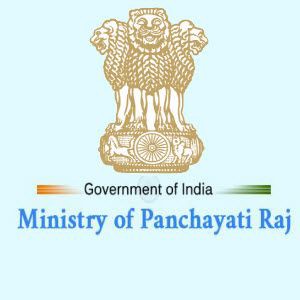
Views and Opinions
Government Officials
Government officials and policymakers have lauded the Panchayati Raj system for its potential to transform rural governance. Statements from leaders like Prime Minister Narendra Modi and former Prime Minister Manmohan Singh emphasize the importance of empowering PRIs for holistic rural development. Their views highlight the government’s commitment to strengthening local governance structures.
Organizations and Reports
Various organizations and reports have provided valuable insights into the Panchayati Raj system. The National Institute of Rural Development and Panchayati Raj (NIRDPR) conducts extensive research and training programs to enhance the capacity of PRIs. Reports from international organizations like the World Bank and the United Nations Development Programme (UNDP) underscore the significance of decentralized governance for achieving sustainable development goals.
Future Prospects and Reforms
Necessary Reforms
.To realize the full potential of the Panchayati Raj system, several reforms are necessary. Enhancing the financial autonomy of PRIs, reducing bureaucratic control, and promoting transparency and accountability are crucial steps. Additionally, integrating technology through e-governance platforms can streamline administrative processes, improve service delivery, and increase citizen engagement.
Sustainable Development Goals (SDGs)
The Panchayati Raj system aligns closely with the Sustainable Development Goals (SDGs), particularly those related to poverty reduction, gender equality, and sustainable communities. By strengthening PRIs, India can accelerate progress towards achieving these global development goals. Future reforms should focus on enhancing the capacity of PRIs to implement SDG-related initiatives and foster sustainable development at the grassroots level.
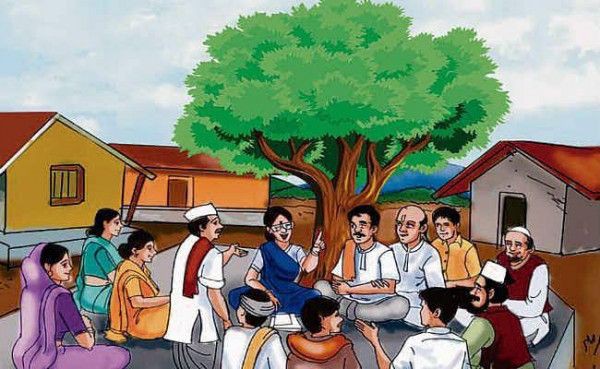
Conclusion
In conclusion, the Panchayati Raj system is a vital component of India’s democratic framework, promoting local self-governance and rural development. Despite facing challenges, PRIs have demonstrated their potential to transform communities and improve the quality of life in rural areas. Strengthening the Panchayati Raj system through necessary reforms and sustained government support is essential for achieving inclusive and sustainable development in India.
FAQs
What is the Panchayati Raj system?
The Panchayati Raj system is a decentralized form of governance in India, involving elected local bodies responsible for rural administration and development.
How does the three-tier system work?
The three-tier system comprises Gram Panchayat at the village level, Panchayat Samiti at the intermediate level, and Zilla Parishad at the district level, each with specific functions and responsibilities.
What are the main challenges faced by PRIs?
PRIs face challenges such as bureaucratic interference, financial constraints, and political interference, which hinder their effective functioning.
How can Panchayati Raj institutions be strengthened?
Strengthening PRIs requires enhancing financial autonomy, reducing bureaucratic control, promoting transparency and accountability, and integrating technology for improved governance.
References
Here are five reference links for the blog post on the Panchayati Raj system:
1. [Evolution of Local Self-Government (Panchayati Raj System) in India – Clear IAS]
2. [Panchayati Raj System – Vikaspedia]
3. [Panchayati Raj in India – Wikipedia]
4. [Panchayati Raj – Ministry of Panchayati Raj, Government of India]
5. [Overview of Panchayati Raj System – Indian Polity]

1 thought on “Panchayati Raj System: Evolution, Structure, and Future Prospects (2024)”